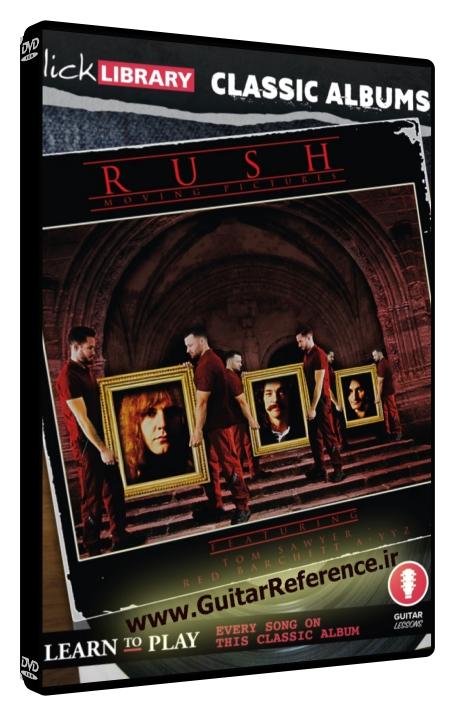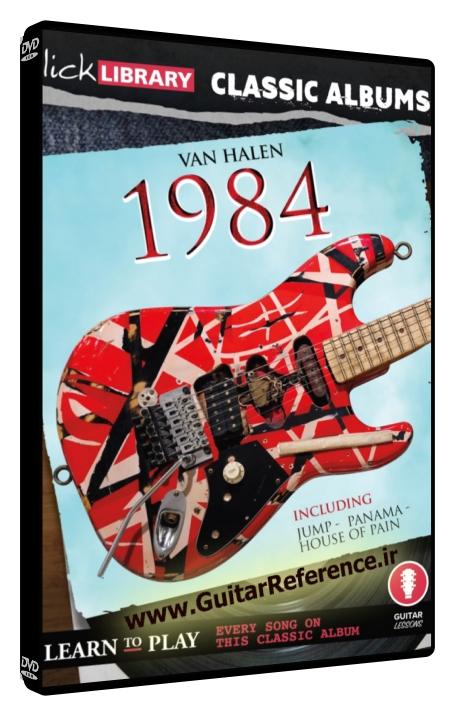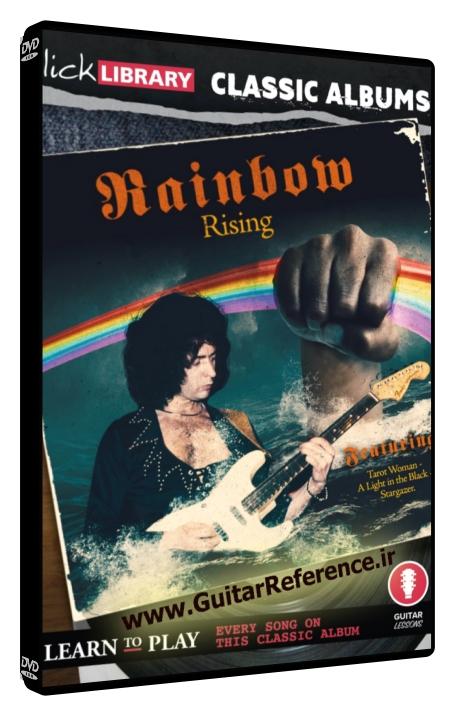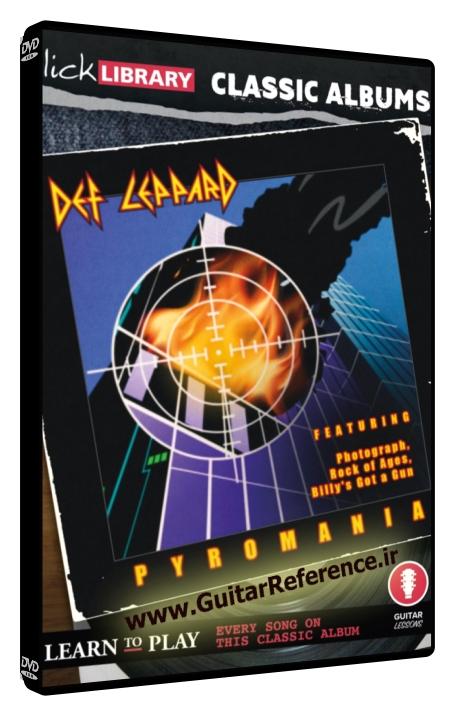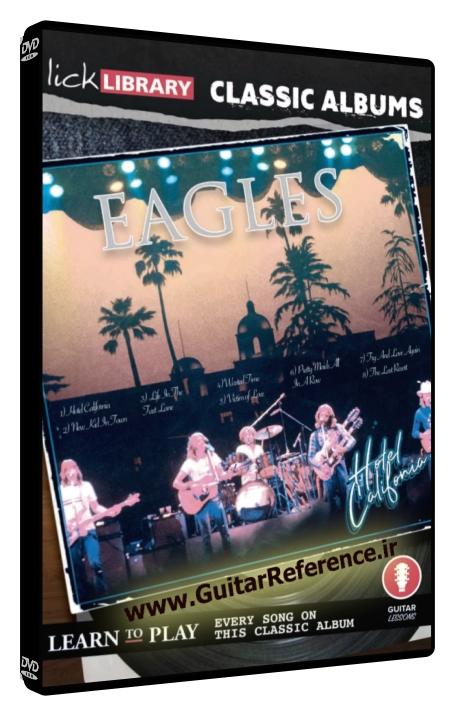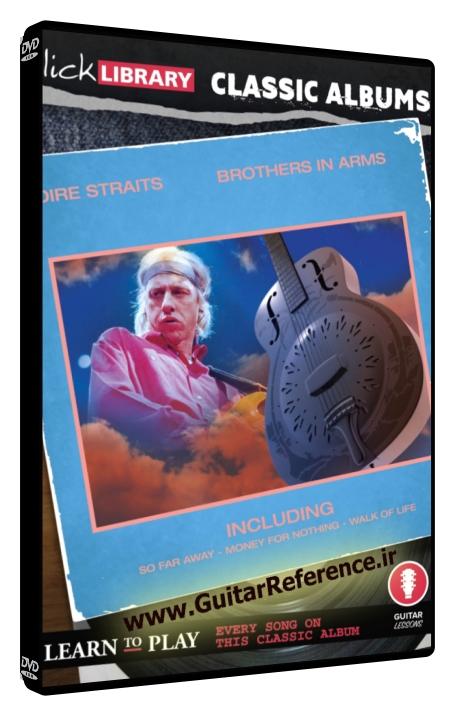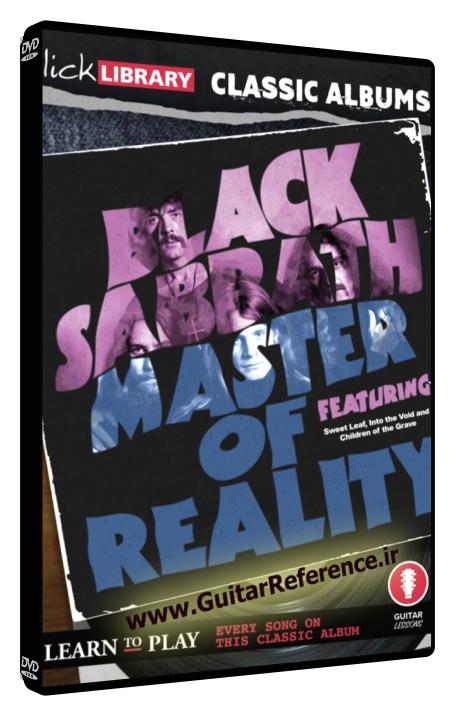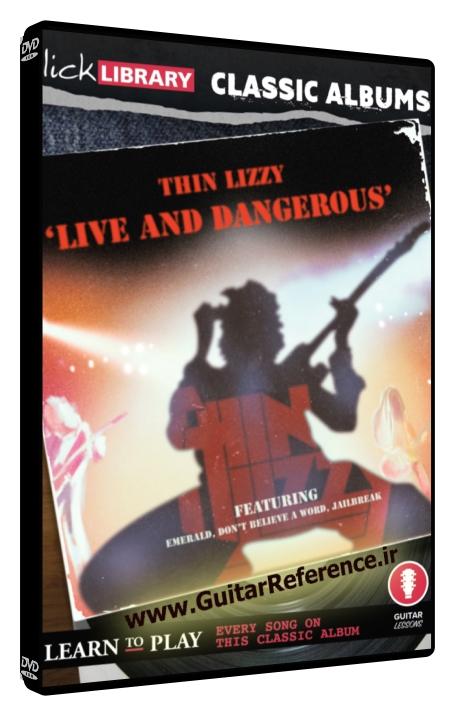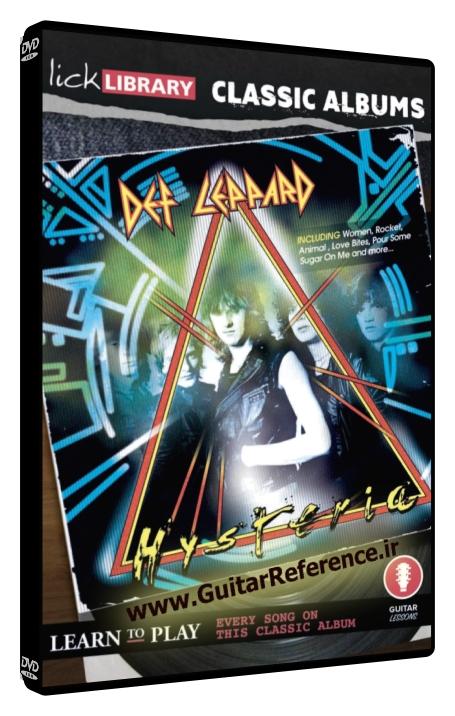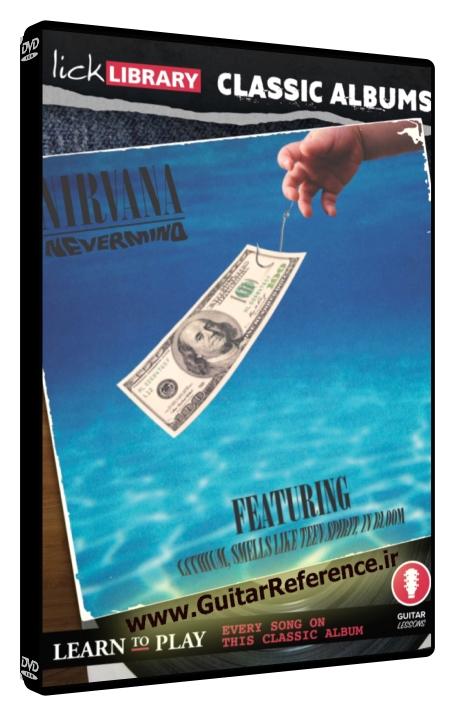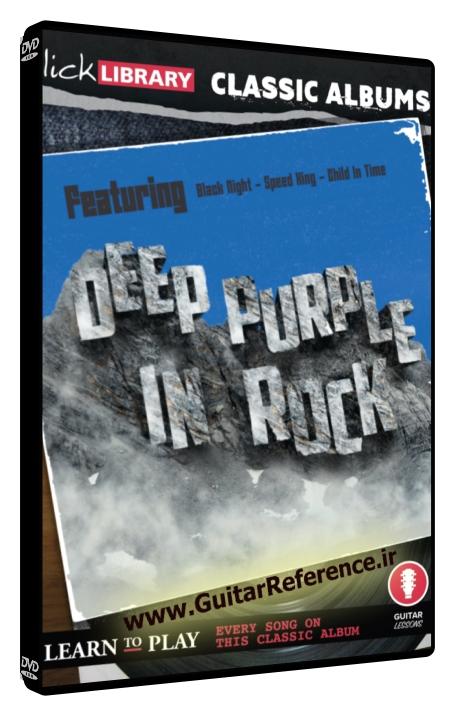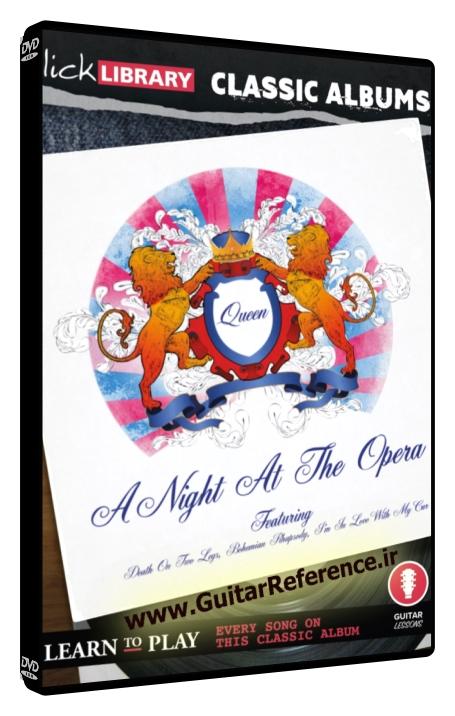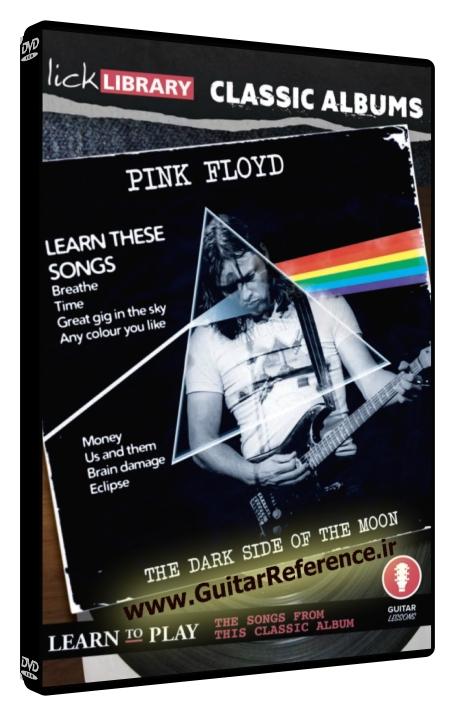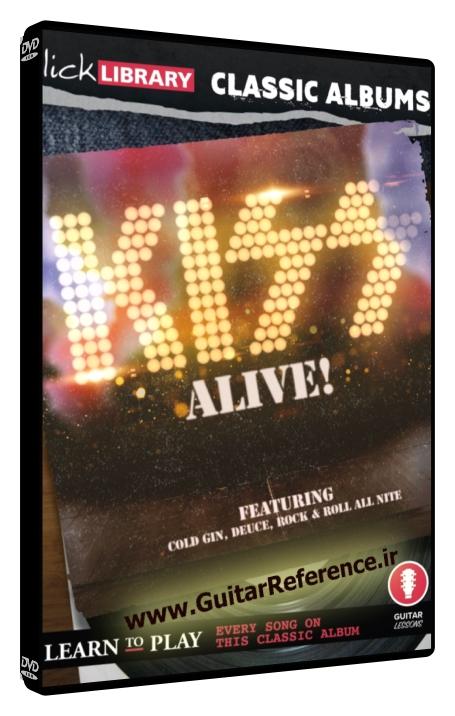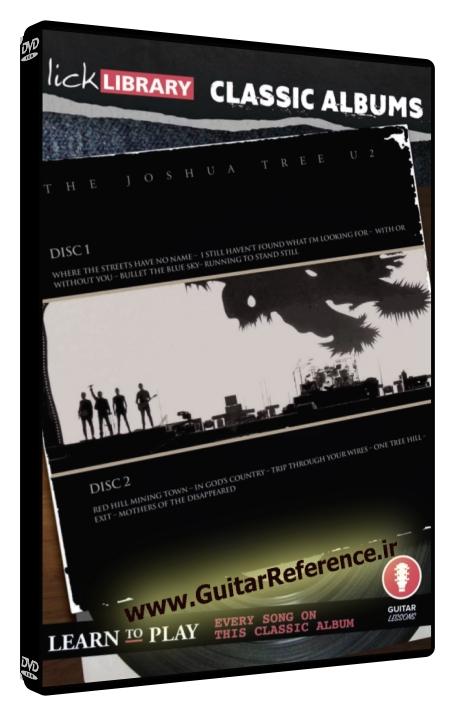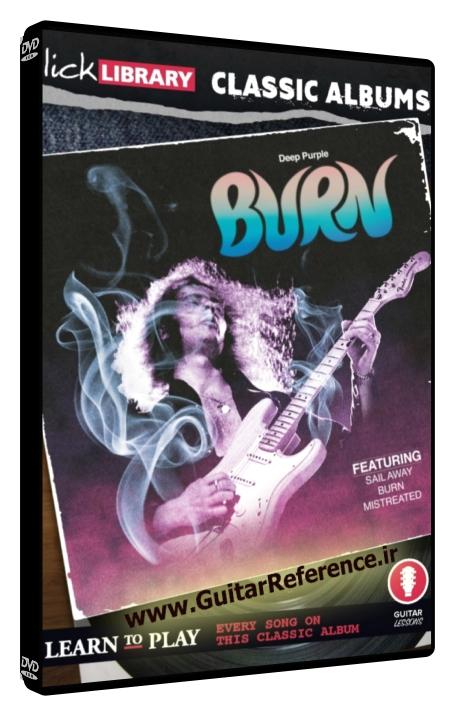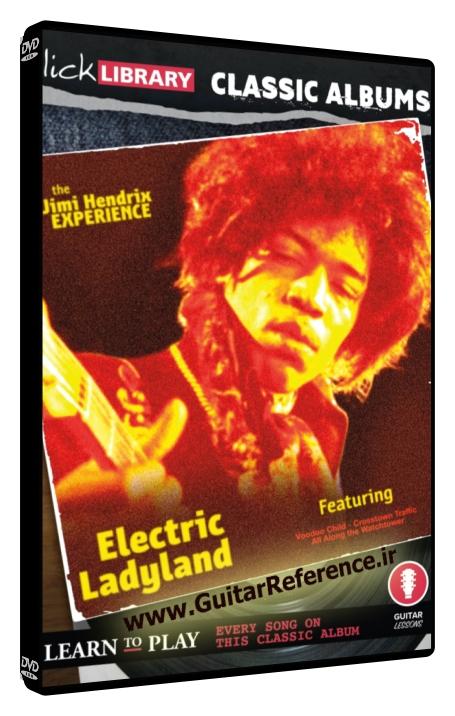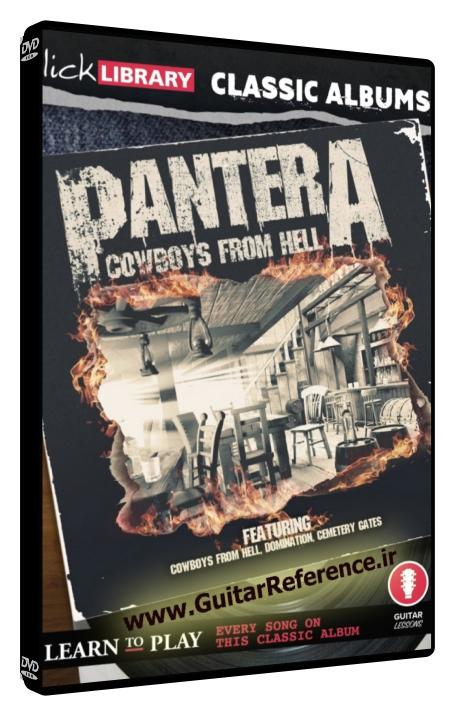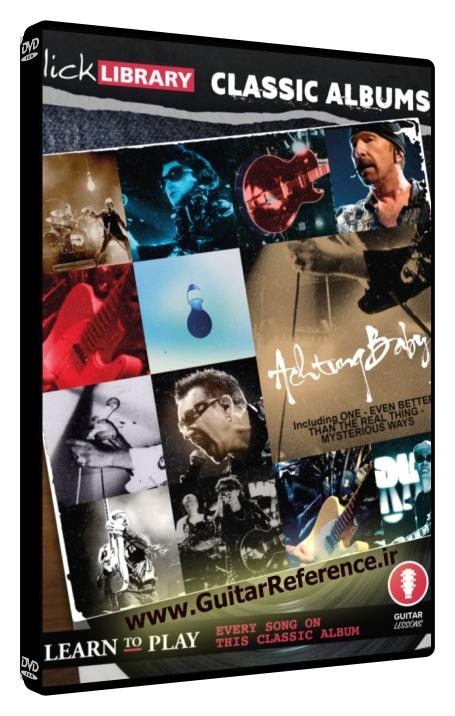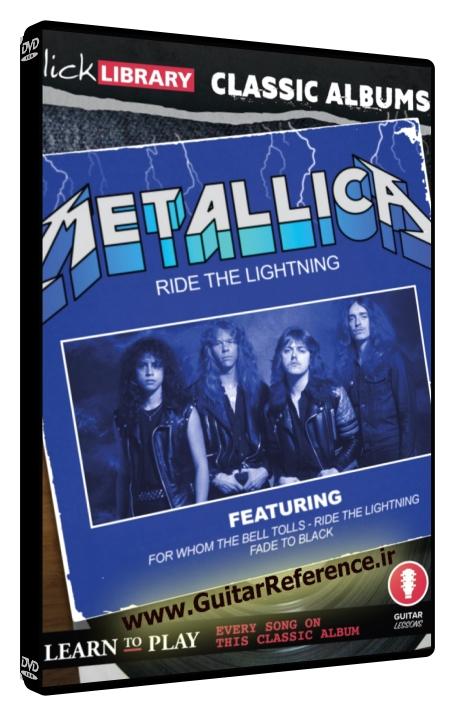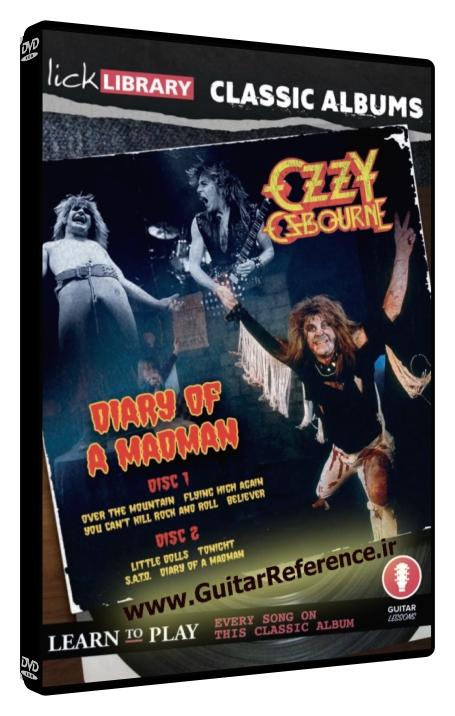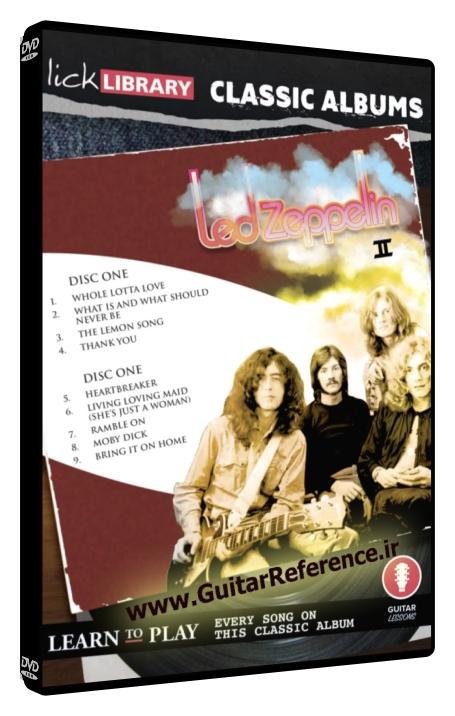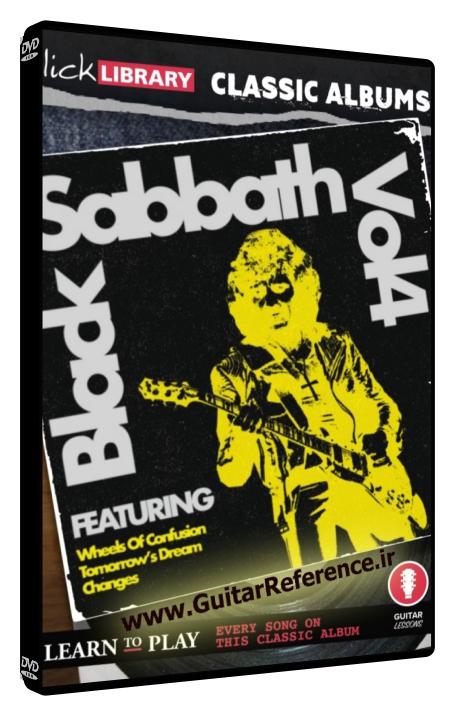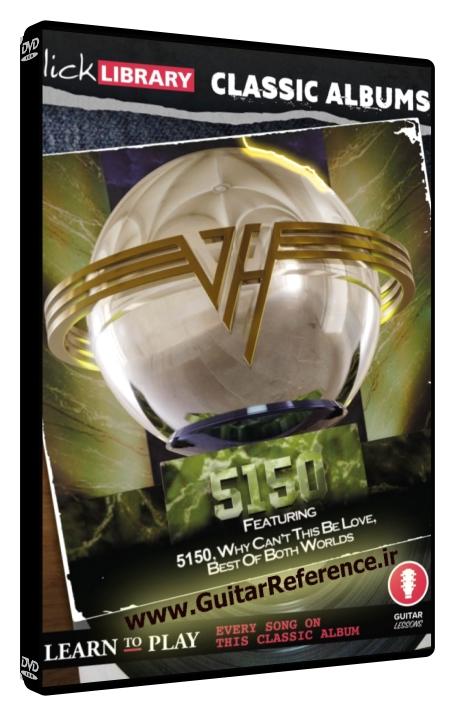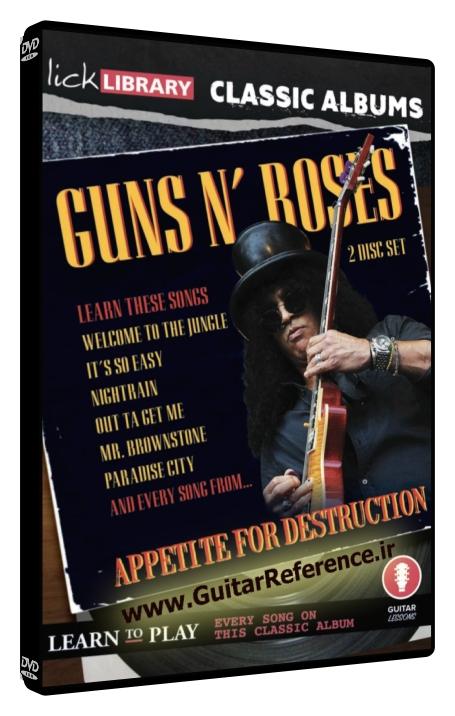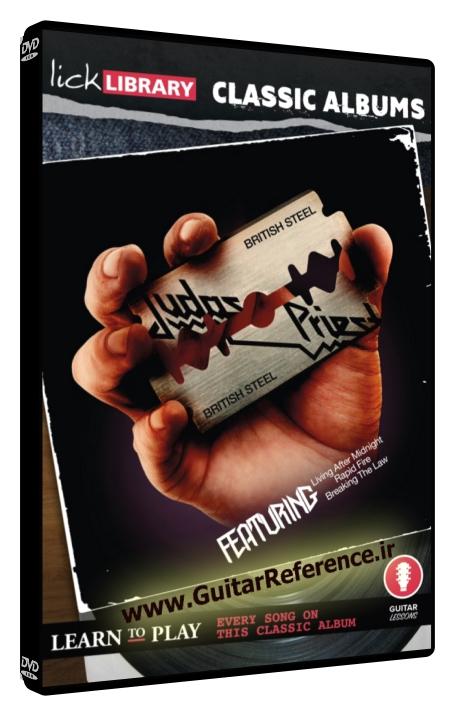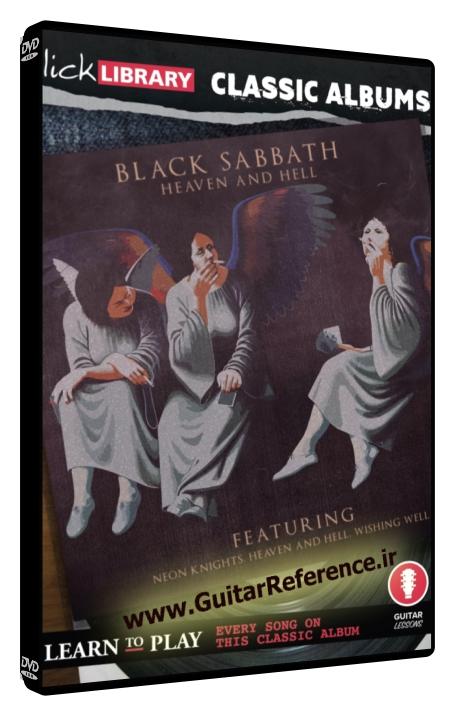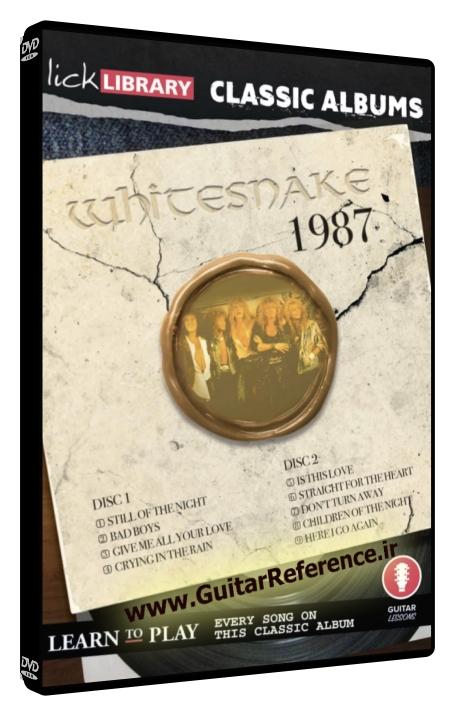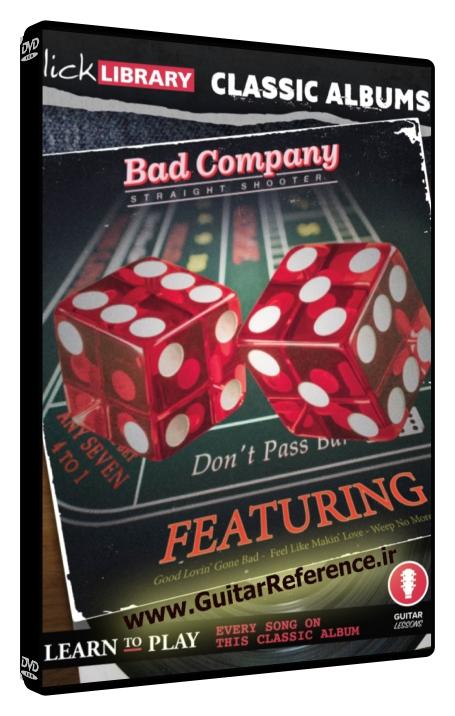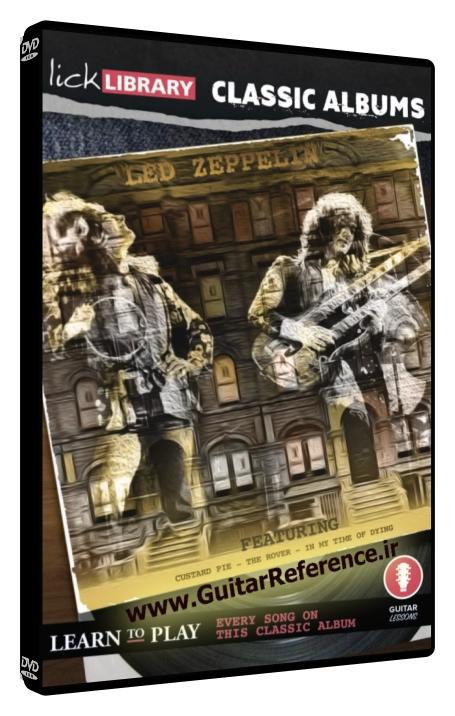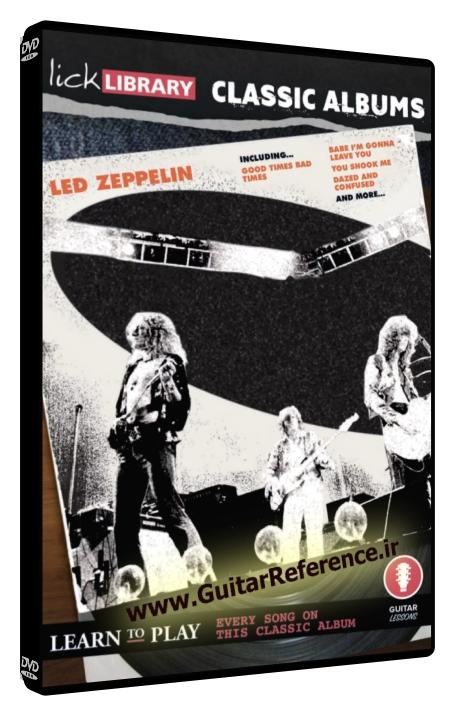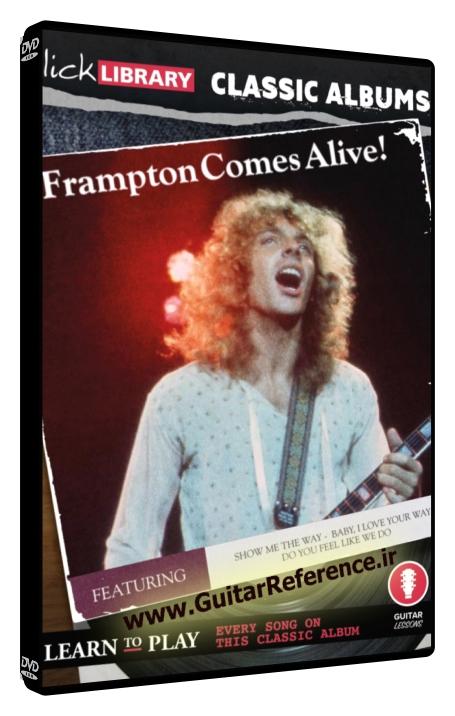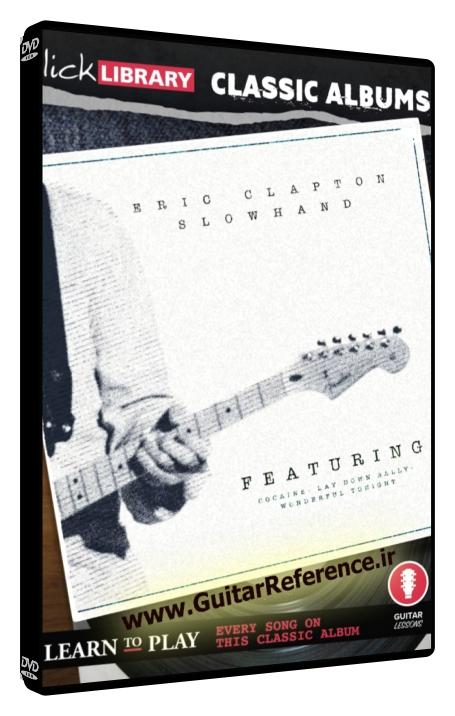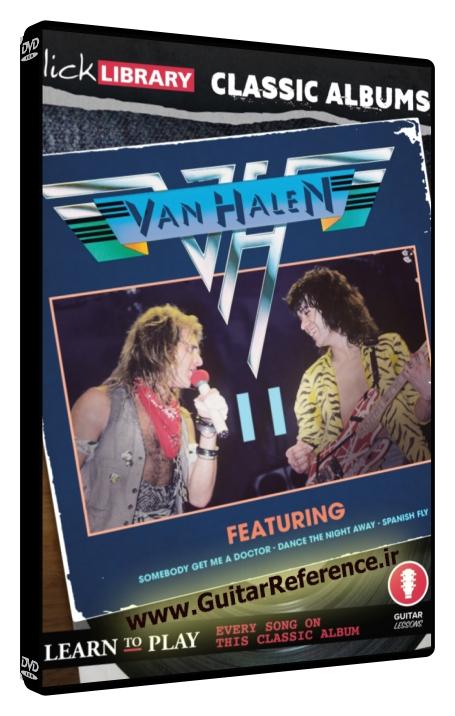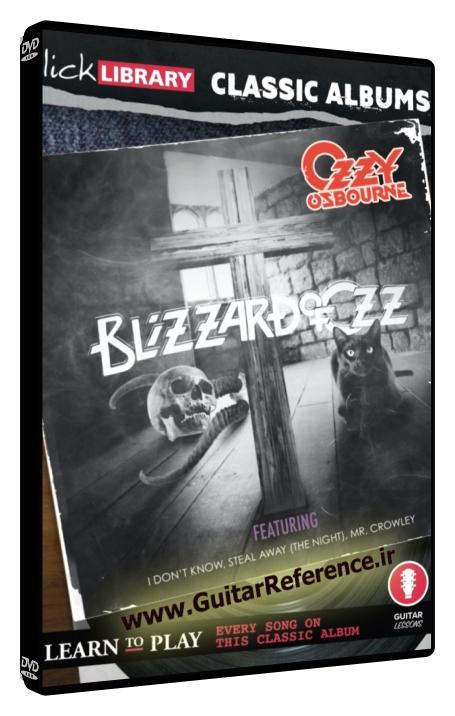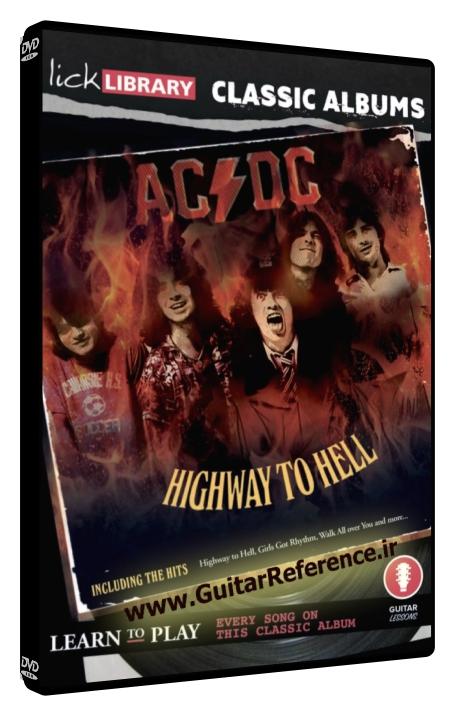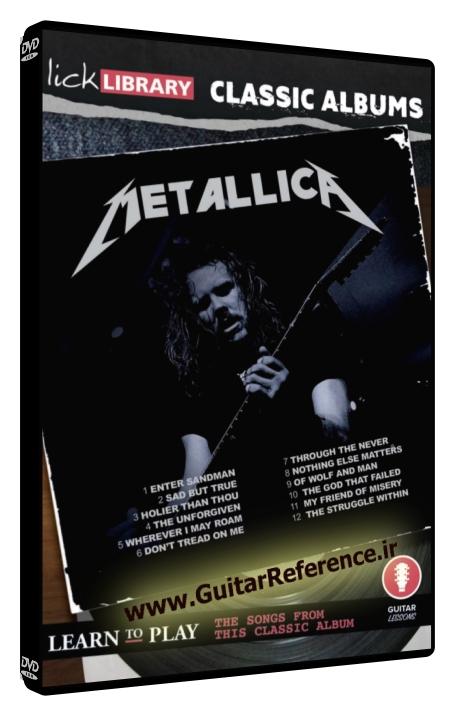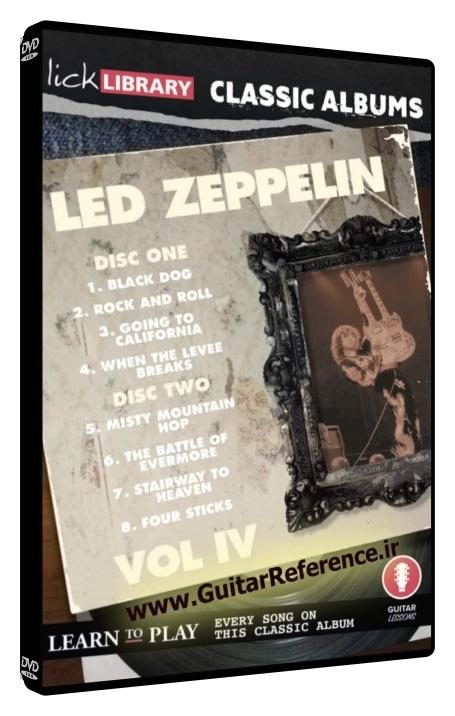Classic Albums – Moving Pictures (Rush)
by Sam Bell
Product Size: 2.09 GB (WEBRIP)
37.99 $ 3.99 $
Description
The Enigmatic Soundscape of “Moving Pictures” by Rush
Rush’s biggest-selling album ‘Moving Pictures’ is a cornerstone of the prog-rock canon. Released in 1981, this classic album was a departure for the band, as they experimented with shorter song arrangements which led to some of the band’s most celebrated and well-known singles such as ‘Tom Sawyer,’ ‘Limelight’ and ‘Vital Signs.’
Rush’s “Moving Pictures” is a monumental work, not just in the band’s discography but in the realm of progressive rock. The guitar work, courtesy of Alex Lifeson, is a spectacle in itself – a majestic amalgamation of craft and creativity. This guide is written to dissect Lifeson’s groundbreaking work on this album from a guitarist’s perspective.
In this course, LickLibrary tutor Sam Bell steps into the shoes of guitar hero Alex Lifeson as he walks you through the many highlights of each song from the Canadian music icons one phrase at a time.
Guitar Lessons in This Course
• Tom Sawyer
• Red Barchetta
• YYZ
• Limelight
• The Camera Eye
• Witch Hunt
• Vital Signs
Guitar Lesson 1: “Tom Sawyer”
This track features riffs in the B mixolydian scale. Lifeson’s innovative use of palm muting creates a punchy, hard-hitting sound that drives the song. In the solo, Lifeson blends the B blues scale with the B mixolydian, masterfully incorporating double-stops and string bending to construct a high-energy improvisation that fits the song’s rebellious spirit.
Guitar Lesson 2: “Red Barchetta”
The second song on the album is an auditory adventure. Lifeson employs a multitude of techniques – alternate picking, slides, harmonics, and string bending – within a mixolydian scale framework. The solo features a catchy arpeggio run on the F# minor pentatonic scale, with tasteful vibrato on the high notes.
Guitar Lesson 3: “YYZ”
Lifeson uses alternate picking in the song’s intricate opening riff, based on a repeating five-note pattern from the E dorian scale. The solo is characterized by fast, legato runs, and beautifully orchestrated harmonics.
Guitar Lesson 4: “Limelight”
This track is characterized by barre chords and open-string riffs. The solo section is an ingenious blend of the B minor pentatonic and D major scales, with Lifeson’s string bending and vibrato on full display.
Guitar Lesson 5: “The Camera Eye”
In this song, Lifeson utilizes the E major scale with the aid of power chords. The solo, played on the B minor scale, includes fast alternate picking sequences, pinch harmonics, and power chords.
Guitar Lesson 6: “Witch Hunt”
The guitar work in “Witch Hunt” is a masterclass in tension and release. Lifeson employs the A minor scale throughout the song, using chord progressions, palm muting, and vibrato to create an eerie atmosphere. The solo is a short, powerful phrase on the A minor pentatonic scale with a copious application of string bending.
Guitar Lesson 7: “Vital Signs”
This closing track stands out with its use of arpeggiated chord progressions and syncopated rhythms. The solo, played on the F# minor pentatonic scale, features Lifeson’s alternate picking and legato technique, finishing off the album with an inspiring flourish.
Alex Lifeson’s Contribution to “Moving Pictures”
Alex Lifeson’s role in “Moving Pictures” cannot be understated. As the guitarist of Rush, Lifeson pushed the boundaries of rock guitar playing, introducing a blend of power, precision, and creativity. His adventurous use of different guitar scales, string bending techniques, and picking styles helped define Rush’s unique sound and secured their place in the annals of rock history.
List of Techniques Used in “Moving Pictures”
• Vibrato
• Alternate Picking
• Legato
• Harmonics
• Double-Stops
• String Bending
• Palm Muting
• Barre Chords
• Power Chords
• Slides
• Chord Progressions
• Arpeggios
• Pinched Harmonics
• Syncopated Rhythms
• Open-String Riffs
“Moving Pictures” is an incredible album to study for guitarists of all levels. It presents a vast array of techniques and styles, all presented in an engaging and innovative format by Lifeson. A deep dive into this album will unquestionably broaden any guitarist’s understanding of the instrument’s potential.
